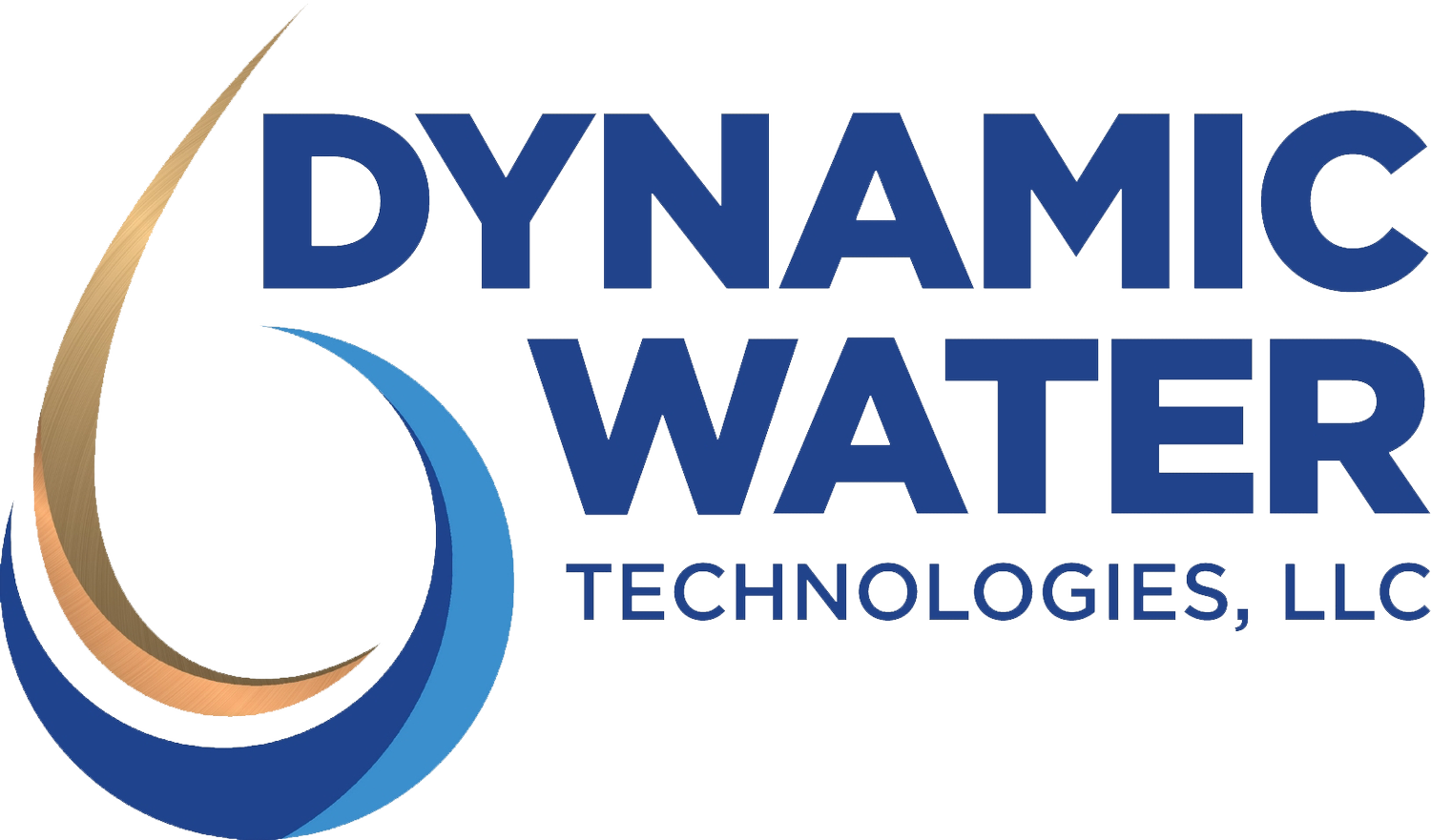Processed Water Treatment
Treating Processed Water for Cooling Towers
Treating process water for cooling towers is one of the most difficult challenges, choosing the right commercial water treatments is important and have long effect to your operation . It is a constant balance between three important factors: scale control, corrosion control, and bio contamination control.
In order to successfully control all three factors, extreme vigilance with chemical balance is required. Adding too much or too little of a certain reagent could have a large impact on consequences. One must make sure that there is measurable chlorine within the basin to ensure sufficient bio-contamination elimination. It is mandatory in some states to have measurable chlorine in order to combat legionella outbreaks, which can result in deaths.
pH Balance
In order for the biocide to be effective, the pH must be balanced. At a too low pH, the chlorides will cause the water to become corrosive. In order to balance itself, water will strip iron and other necessary minerals from the metal itself to balance itself, such as iron ions readily available in the piping and heat exchanger surfaces. This is the cause of corrosion within systems. On the other end of the spectrum, if the pH is too high, the water will begin to shed itself of excess minerals. This action forms scale on the tower wet surfaces.
Scale becomes an insulator on heat exchanger surfaces, raising the necessary energy needed to undergo heat transfer by an incredibly large amount. 0.03 inches (the thickness of a business card) is enough to sap up to 27% of the energy requirement needed to undergo heat transfer. In order to prevent the water from scaling, acid must be added to lower the pH. If the scale becomes too unwieldly, an acid bath of the tower is necessary. This shortens the life of the equipment, as it is incredibly abrasive to the metal.
Many facilities experience an oscillation of water treatment, where they attempt to fix their problem with overdosing. The result is that the tower undergoes controlled corrosion and scaling at different intervals. This is actually the acceptable norm for many facilities, as they simply do not have the manpower to be gathering chemical data in regular intervals. It is an extremely tiring and costly process, as chemicals are being consumed to treat the tower in great excess, which raises costs. In order to make things easier, chemical contractors usually decrease the number of cycles of concentration. This makes chemical treatment much easier at the cost of greatly raising the water consumption through the tower.
Best Commercial Water Treatments on The Market
Our system automates all water treatment necessary to provide your process water a perfect balance between scale control, corrosion control, and bio contamination control. By precipitating scale within our reactor through electrolysis, we remove excess calcium and magnesium ions needed to scale.
However, the rest remain in soluble solution to act as a natural buffer corrosion. The result is water which wants to scale, but does not have the sufficient minerals to do so. We also generate biocide in situ through electrolysis, creating a very strong acid at our anode. This activates chloride ions into hypochlorous acid and chlorine, which will begin to attack any biomatter within the basin.
Our system monitors the resistivity of the water every six milliseconds, and adjusts accordingly. The real time monitoring included within our system will also alert necessary personnel should it detect any problems with the water chemistry. We remove scale, negate corrosion, and kill biomass.
In addition, we are able to raise cycles to incredible numbers, shattering most chemical treatment numbers. We have had test cases run zero blowdown, with basins as high as 50,000 US. Though we don’t recommend running at such high levels, such achievements are possible using Dynamic Water Technologies’ UET reactor system.

